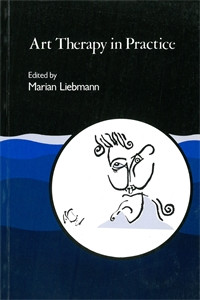Diana Milia examines the effect of art therapy interventions with clients who harm their bodies. Her starting point is the definition of self-mutilation itself. In many cultures, self-mutilation is incorporated in sacrificial rituals as a means of healing the whole society. Body modifications such as scarification and tattooing are used in rites of purification, healing and maturity. Self-mutilation may also be incorporated in performance art.
Diana Milia draws out these aspects of self-mutilation, informing them with theories from psychoanalytical literature, to explain how art therapy can help patients who self-harm. She argues that using art as intervention supports the self-mutilating person's preference for ritualized symbolic action and their need to create transitional objects. She describes artmaking in terms of symbolic modification of the self-mutilating client's own body, with the ultimate goal of self-transformation. The creative process itself provides an arena for the discharge and mastery of aggressive impulses, and develops self-control, self-esteem, and symbolic capacities, all of which are crucial in the treatment of self-mutilating behaviors.
Demonstrating how these theories can be implemented in practice, Milia then describes examples from her clinical experience, and includes extended case studies. She analyzes art therapy sessions and the process and content of artwork. Her book is practical; it also extends our understanding of the concept of self-mutilation and how best it may be addressed.







